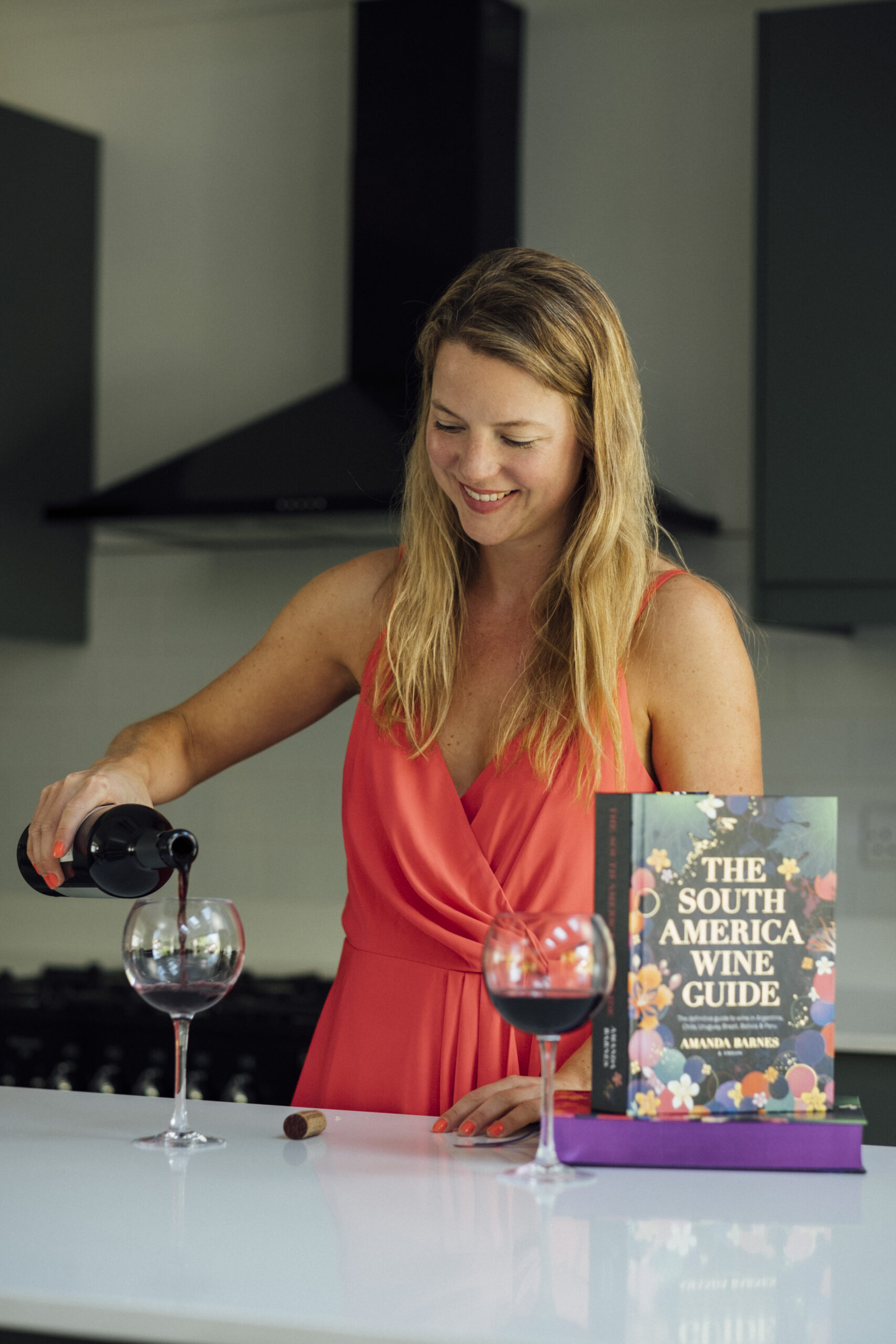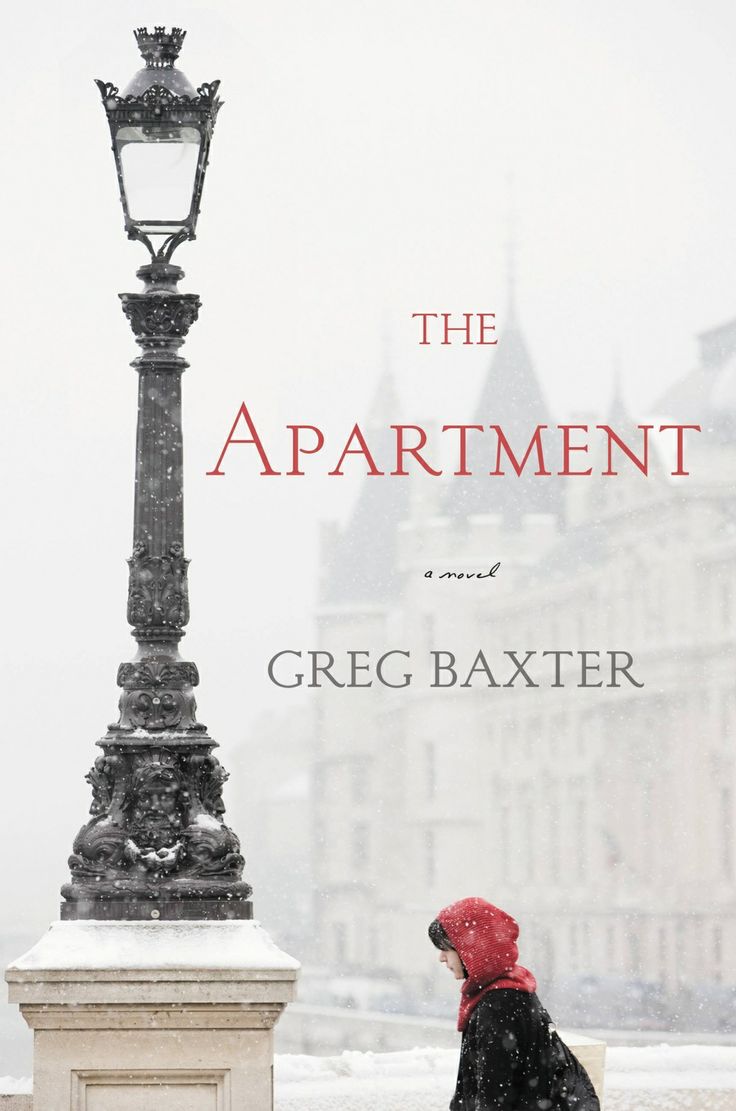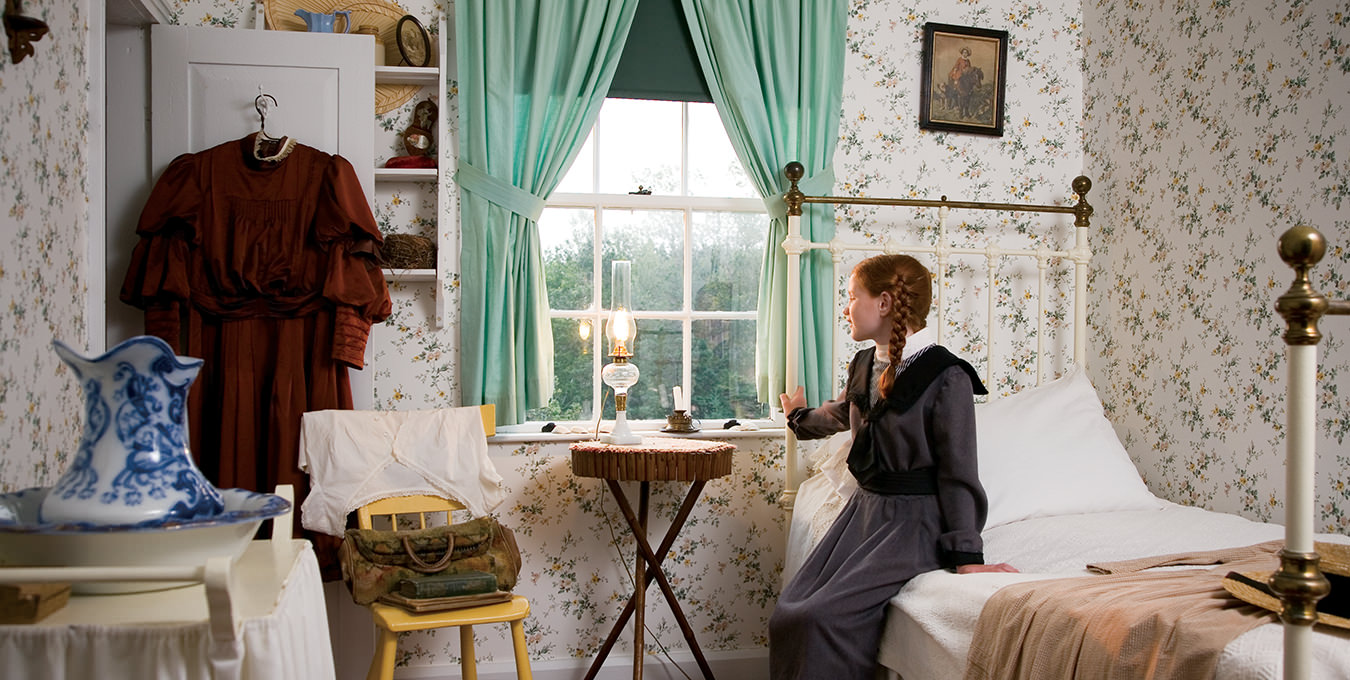-
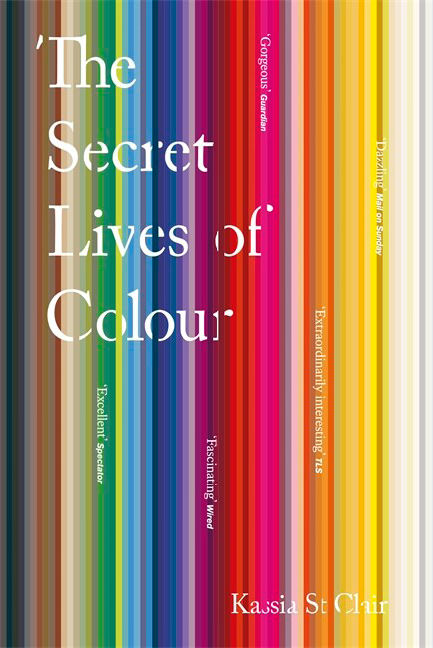
The Secret Lives of Colour by Kassia St. Clair
-
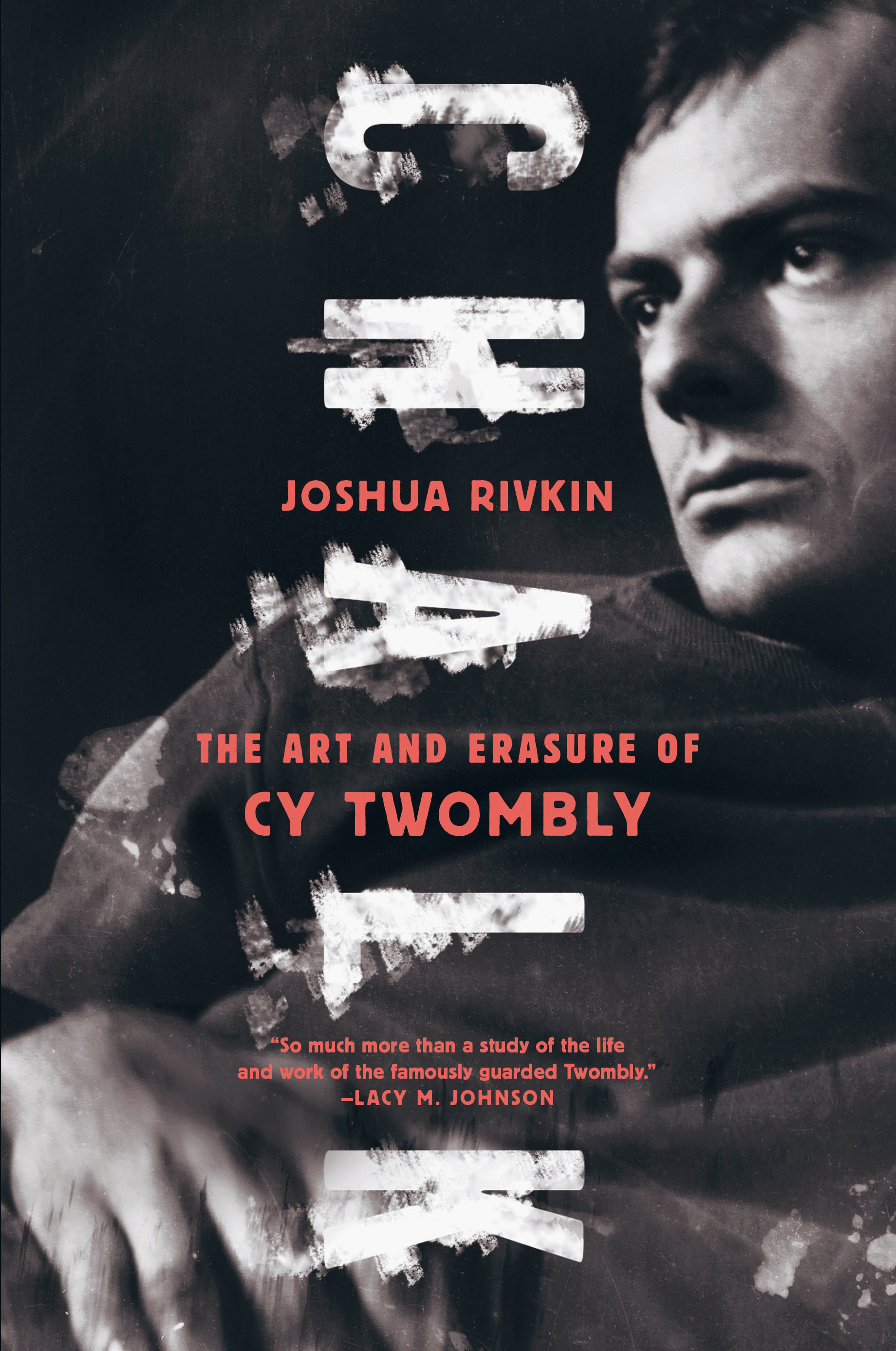
Chalk: The Art and Erasure of Cy Twombly by Joshua Rivkin
Just Our Type: Spring Reads
Essential spring reading.
The Secret Lives of Colour by Kassia St. Clair
Of Kassia St. Clair’s deliciously entrancing The Secret Lives of Colour, I’m tempted to say, “This is the only book on the topic you’ll ever need.” But, given the endless nature of her subject matter, I’ll opt for a slightly adjusted, “This is the only book you’ll need to remain forever obsessed with the history and social mechanics of colour.” Packed with meaty historical narratives, witty asides, and cultural allusions, and constantly landing a hook in the present day, St. Clair’s compendium offers gifts to the curious, the studious, the designer, the colouring book hobbyist, the landscape artist, or simply anyone ready to learn more about the rainbow and the paintbox.
Two scientists, St. Clair tells us, surveyed over 200,000 galaxies to determine that, taken as a whole, our universe is beige. Pessimists 1, Optimists 0. Now, turn your eyes back to Earth, where an insect the size of a pinhead gives us the deep red known as cochineal or carmine—it takes 70,000 of them to produce a pound of raw pigment, to be exact. Though subsequently associated with imported Chinese porcelain glazes, the name for celadon—a soft green—comes from a 17th-century pastoral comedy people were so entranced with that they began dressing like its hero, à la Céladon. Isabelline, Mountbatten pink, Gamboge, Hematite, Woad, Dragon’s Blood, and Payne’s grey: entry after entry is a minor drama in its own right.
St. Clair has chosen her shades with an artist’s eye and organized her (exquisitely designed) book to be as inviting as possible. Opening with concise primers on optics, light, pigments, history, and linguistics, she then takes us through a selection of hues from whites through to blacks. With every turn of the page, I felt astonished and lucky to have her work in my hands.
Chalk: The Art and Erasure of Cy Twombly by Joshua Rivkin
Of the best-known American abstract expressionist painters and the crew who immediately followed them, Cy Twombly’s reputation has grown the most over recent decades. If Pollock, Rothko, or De Kooning have received the odd bruise by being accused of overweening machismo, nihilist religiosity, or decorous gigantism, Twombly has been fully embraced by gallery goers of all stripes. His unanchored markings, afloat in cloudy-white non-space—the dynamism, the visceral reds, the endlessly enigmatic chalk and pencil gestures—have grown on us over the years, to the point where we feel they’re speaking for us, in our moment.
Now Joshua Rivkin, an accomplished American poet, has written Chalk: The Art and Erasure of Cy Twombly, a rule-breaking biography of both the man and his work. Famously reticent, at times even discredited by the New York art world for having decamped to crumbling, decadent Europe, Twombly is no easy subject. Rivkin sidesteps this barrier by changing the game. Where Twombly’s life presents a void, the author fills it with his own unabashed adoration. As enamoured with the paintings as he is with the artist, Rivkin makes no apologies, writing with attentive detail when confronting the massive canvases.
None of which is to say Rivkin has skimped on his research. From salient portraits of Twombly at Black Mountain College partying alongside future greats—Robert Rauschenberg, Franz Kline, Jasper Johns, Robert Motherwell, and John Cage—through all the pivotal relationships of his adult life, Rivkin’s account is marbled with gorgeous quotations and intimate anecdotes. The search for the definitive Cy only becomes more elusively fragmentary during Twombly’s “settled” years in Rome and New York. In this account, his wife, Tatiana Franchetti, his son Alessandro, and also the man who became—alongside his ongoing marriage—his permanent partner in life and work, Nicola Del Roscio, all exhibit a conflicted desire that Cy be both known and hidden. Chalk is a loving, intelligent investigation.
_______
Never miss a story. Sign up for NUVO’s weekly newsletter, here.






